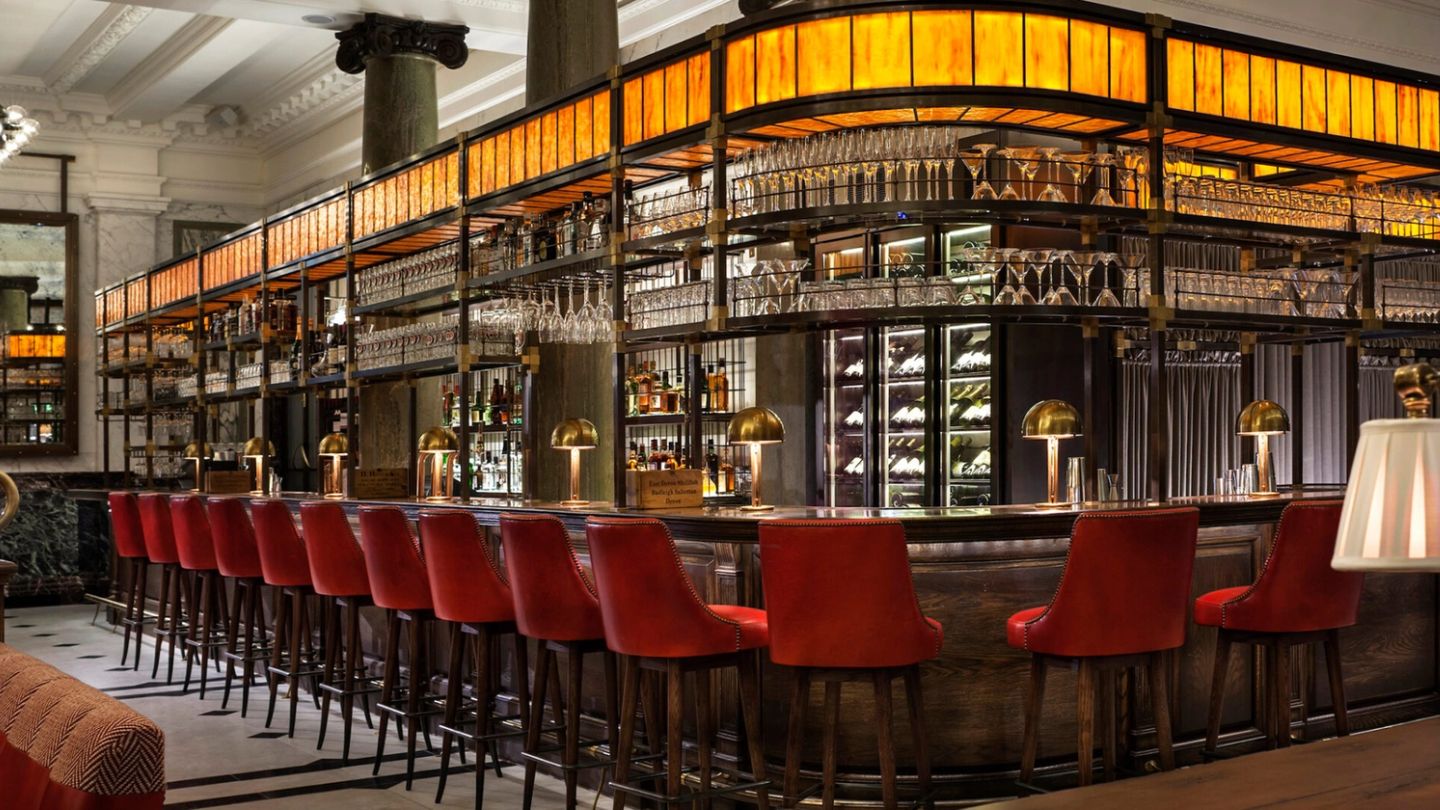

From Lyle’s to St. John, these are the London restaurants where you can get a taste of British cuisine
Including bone marrow, Hereford beef, and lovingly crimped pies...
Words: Josh Lee
Like the makeup of its demographic and culture at large, British cuisine is beautifully complex and complicated, a patchwork of various parts that are constantly moving, in perpetual motion, difficult to define but always, always interesting. Indeed, there are the usual staples one thinks of when it comes to British fare – fish and chips, the glorious fully plated breakfast, puds and pies.
Here, however, we look to some of the capital’s finest restaurants that are defining the contemporary landscape – those that are pillared by certain philosophies and moods: using often overlooked parts of the animal; a focus on homegrown, seasonal veg; sometimes a stripped-down, no-fuss approach to cooking and plating – and, perhaps most importantly, a modest but strong sense of self. From restaurants plying bone marrow to those handling Hereford beef, here are some of the best.
Rochelle Canteen
Margot Henderson’s prosaic cooking has long circumvented trends and fads. Deconstructions, squeeze-bottle drizzles, and tweezers are eschewed in favour of more generous portions that underscore seasonal British produce, and dishes are treated with modest intervention – on your visit, you may find Welsh pork on anchovy toast, a Hereford-beef and kidney pie, and a blood orange polenta cake. The interior, bedecked in those east London design staples of Ercol chairs and Aalto tables, is compact but homely, yet it is the terrace – heated when necessary, covered by an installation of flora and with a view of the inner garden and courtyard – that is the true move when the weather is just fine.
Holborn Dining Room
You’ll enter the magnificent room – the scale of which you likely haven’t seen since your last trip to a Vegas casino – collapse into a red-leather banquette, sharpen the senses with the heady thwack of the Cornish martini, and peruse the neatly laid-out dish listings as though they were that day’s printing of The Guardian. You’ll be tempted by the rabbit, bacon and pistachio en croûte, which is zipped up with a bit of piccalilli; consider the Scotch egg made of rare-breed pork and white pudding; or check in with your GP to see if the 50-day-aged ribeye would be a wise move. But you’re really here for the house pie, perhaps the most iconic of the most iconic British creations, crimped by hand and decorated to a nursery-rhyme aesthetic. The slow-roasted lamb pie is a glory of a thing, pressed in with the shoulder of the animal, some aubergine, and moistened with salsa verde and garlic purée – the killer, though, is the dauphinoise potato pie, layered with comté cheese and caramelised onion, and made like any pastry you might see in a Pierre Hermé shop window: precise, gleaming, lust-worthy.
Lyle's
Chef James Lowe portrays everything good and modern about the British cooking scene: a reverence for the home-grown, listed and plated in straightforward ways, with a light-washed, stripped-down interior that may remind one of the Shaker style evident at St. John (below). Lowe’s second restaurant, Flor, where the baking was divine and the dishes original and innovative, was one of the most exciting openings in recent years, and though it closed early in 2022, the mothership remains. With a £95 price tag for a multi-coursed dinner – which may comprise sourdough dumplings and pork broth; Hereford forerib with monk’s beard and anchovy; and rhubarb parfait, with jelly and oat crumble – and a wine pairing at £69, it is a pretty good snip.
St. John
Fergus Henderson is an icon of the kitchen, a chef who, in the early 1990s, gave clout to cooking with the whole animal, and, in doing so, provided permission to legions of chefs – the ones with grease under their nails, scars on their hands, knees ready to creak at any second – to forego the French way of cooking so popular at the time, and go deep into the snout-to-tail style that is ubiquitous today. Entering St. John is an almost religious experience, with its whitewashed walls, lack of music, and light flooding through the roof windows above, and the menu, which showcases offal and offcuts and other offbeat bits of meat, is just divine. The bone marrow – a dish of the ages – comes with parsley salad and two slices of toasted bread; devilled kidneys taste of a countryside farm; and, when you’ve gathered a group of six friends, the whole-head pig will easily feed you all.
The Quality Chop House
Even with its butchery name, the real hero at The Quality Chop House, a church-like setting flush with wooden pews, is the potato confit – small, rectangular towers constructed from maris pipers that have been mandolined, tossed about with duck fat, baked then fried, cracking with the crisped skin of a perfect Sunday side and just fine with Highland bone-in-sirloin. There’s also Welsh rarebit, which has the smokey fragrance of a back-garden barbecue, Mangalitza pork, and ribeye. At the end of your meal, take a knee, look to the skies, and put in a request with the great man above – perhaps for a swift return.
Want more food content? Read our Humo restaurant review, where chef Miller Prada blends Japanese precision with the fiery skill of a pitmaster…
Become a Gentleman’s Journal member. Find out more here.


